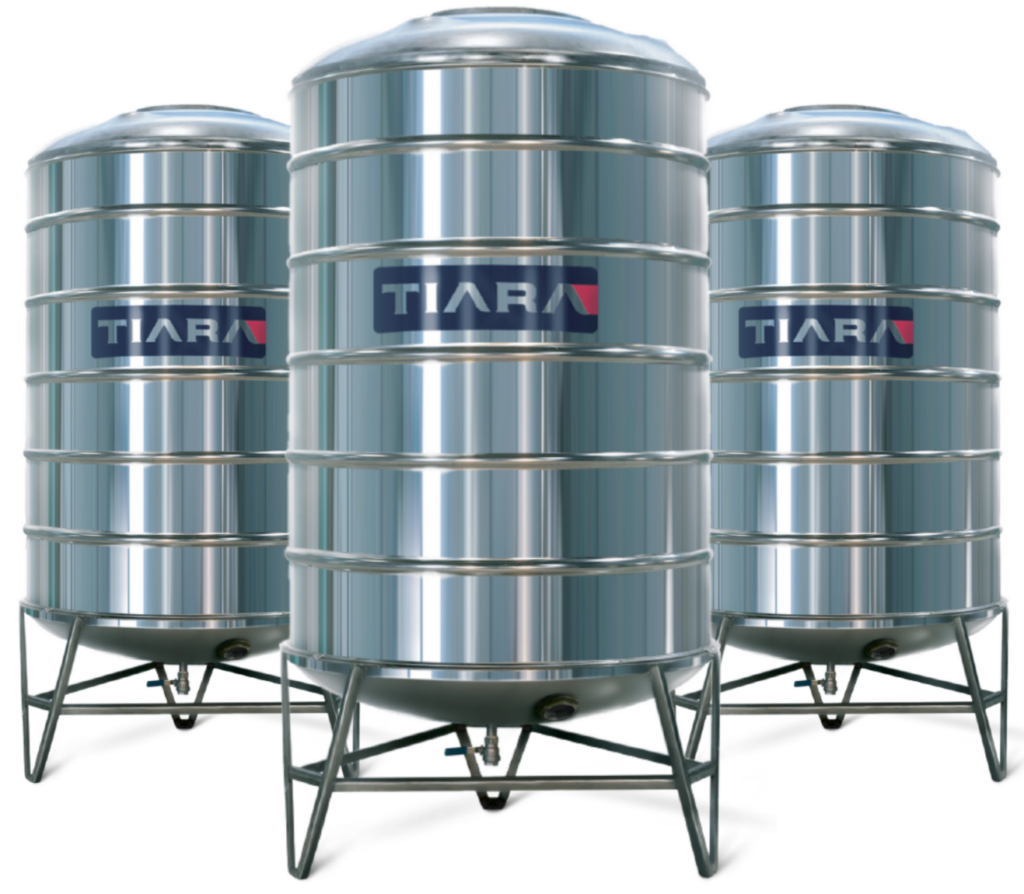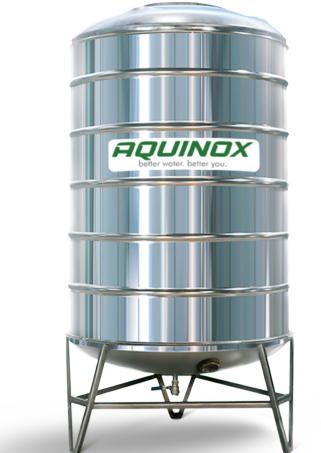
Stainless steel water tanks are increasingly popular in various applications due to their durability, hygiene, and efficiency. However, many people have questions about these tanks, ranging from their benefits to their maintenance. This FAQ post aims to address some of the most common queries and concerns regarding stainless steel water tanks.
1. What are stainless steel water tanks?
Stainless steel water tanks are storage containers made from stainless steel alloys, commonly types 304 or 316. These tanks are designed to store water and other liquids safely and effectively. They are known for their resistance to corrosion, high strength, and hygienic properties, making them suitable for a wide range of applications, including industrial, residential, and commercial uses.
2. What are the advantages of using stainless steel water tanks?
Durability: Stainless steel is highly resistant to rust, corrosion, and extreme temperatures, ensuring a long lifespan for the tank.
Hygiene: The non-porous surface of stainless steel prevents the growth of bacteria and other microorganisms, making it ideal for storing potable water.
Strength: Stainless steel tanks are robust and can withstand physical impacts and internal pressures, making them suitable for high-demand applications.
Maintenance: They are easy to clean and maintain, requiring less frequent maintenance compared to other materials.
Environmental Impact: Stainless steel is recyclable, contributing to sustainability efforts and reducing environmental impact.
3. What are the different types of stainless steel used in water tanks?
The most common types of stainless steel used for water tanks are:
Type 304: This is the most widely used stainless steel for general-purpose applications. It offers good resistance to corrosion and is suitable for most water storage needs.
Type 316: This grade contains molybdenum, which provides superior resistance to corrosion, especially in marine or chlorinated environments. It is ideal for applications where exposure to harsh conditions is a concern.
4. How do I choose the right stainless steel water tank for my needs?
When selecting a stainless steel water tank, consider the following factors:
Capacity: Determine the amount of water you need to store and choose a tank size that meets your requirements.
Environment: Consider the environment in which the tank will be placed. For example, Type 316 stainless steel is better for corrosive environments.
Design and Installation: Ensure that the tank design fits your space and that installation requirements are met.
Maintenance: Choose a tank with features that make it easy to clean and maintain.
5. How should I maintain a stainless steel water tank?
To ensure the longevity and performance of your stainless steel water tank, follow these maintenance tips:
Regular Cleaning: Clean the tank periodically to remove any debris or contaminants. Use mild detergents and avoid abrasive cleaning agents.
Inspect for Leaks: Regularly check for any signs of leakage or damage. Address any issues promptly to prevent further problems.
Check for Corrosion: Although stainless steel is resistant to corrosion, it is still important to inspect the tank for any signs of rust or corrosion, especially in high-chlorine environments.
Ensure Proper Ventilation: Adequate ventilation helps prevent condensation and microbial growth inside the tank.

6. Are stainless steel water tanks suitable for all climates?
Yes, stainless steel water tanks are suitable for various climates due to their resistance to extreme temperatures. They perform well in both hot and cold environments. However, if the tank is exposed to highly corrosive conditions, such as in marine environments, Type 316 stainless steel is recommended for its superior corrosion resistance.
7. Can stainless steel water tanks be used for both potable and non-potable water?
Yes, stainless steel water tanks are versatile and can be used for both potable (drinking) and non-potable water. Their hygienic properties make them particularly well-suited for potable water storage. However, it is essential to ensure that the tank is properly cleaned and maintained to avoid any contamination.
8. What are the typical sizes and shapes of stainless steel water tanks?
Stainless steel water tanks come in various sizes and shapes to accommodate different needs. Common shapes include cylindrical, rectangular, and vertical tanks. Sizes can range from small residential tanks to large industrial tanks. Custom sizes and designs can also be manufactured based on specific requirements.
9. How does the cost of stainless steel water tanks compare to other materials?
Stainless steel water tanks generally have a higher initial cost compared to tanks made from materials like plastic or fiberglass. However, their durability, low maintenance requirements, and longer lifespan often make them a more cost-effective choice in the long run. The total cost should be evaluated based on the tank’s performance, lifespan, and maintenance needs.
10. Where can I purchase stainless steel water tanks?
Stainless steel water tanks can be purchased from specialized suppliers, manufacturers, and distributors of industrial and residential water storage solutions. It is advisable to choose a reputable supplier that offers quality products and provides customer support and warranty services.
In conclusion, Stainless steel water tanks offer numerous advantages, including durability, hygiene, and ease of maintenance. By understanding these key aspects and addressing common questions, you can make an informed decision about whether a stainless steel water tank is the right choice for your needs. If you have further questions or need specific advice, consulting with a professional supplier or installer can provide additional guidance tailored to your requirements.


